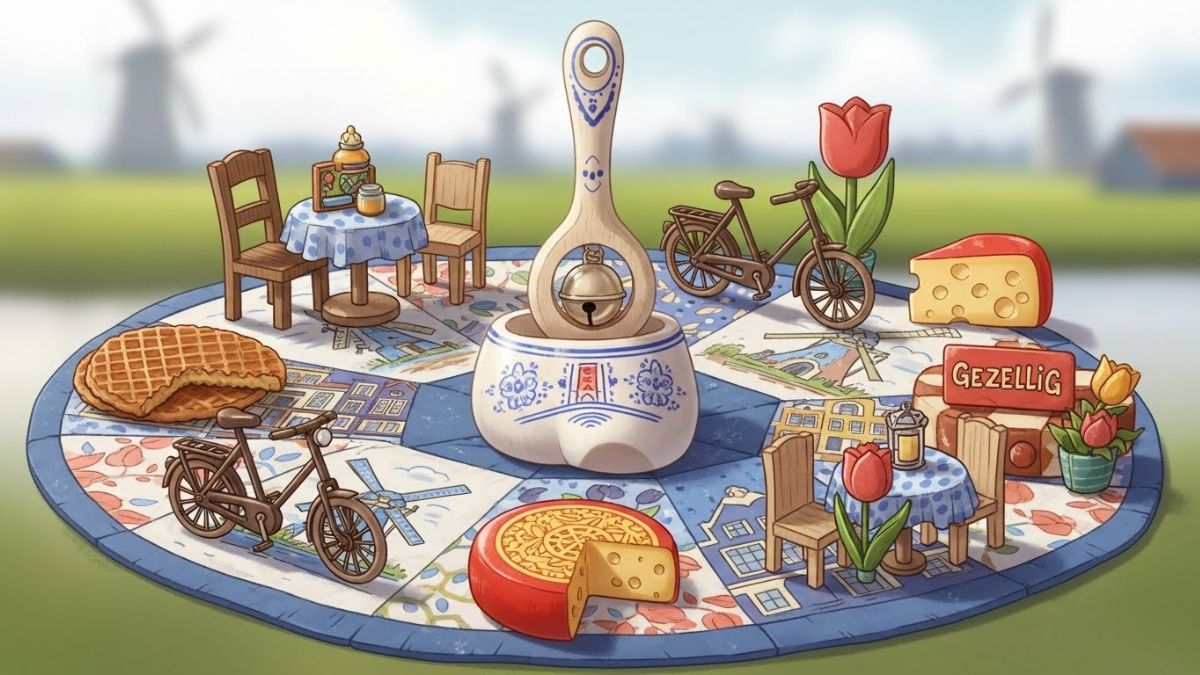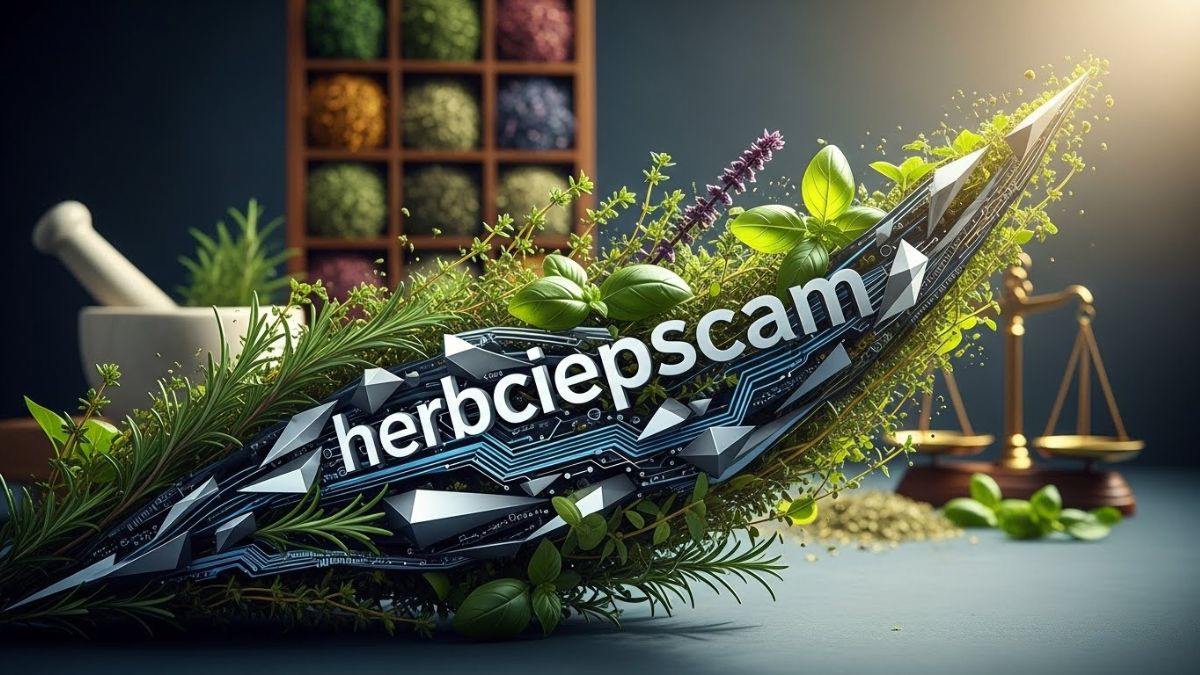The term “The Maidens” is commonly used in various contexts, including mythology, literature, and history. It often symbolizes purity, youth, and beauty, yet the figure of the maiden is also associated with a deeper cultural significance. In this article, we will explore the meaning of the maidens, from their origins in ancient myths to their influence in modern culture. Whether through the goddesses of ancient Greece or modern-day representations, the concept of maidens has evolved over time, carrying with it rich symbolism and a fascinating legacy.
The Origins of Maidens in Ancient Mythology
In many ancient cultures, the figure of the maiden is rooted in mythology and often represents youthful innocence and virginity. In Greek mythology, the maiden is frequently portrayed as a virgin goddess or a young woman caught in the midst of a complex narrative. These maidens are not just symbols of purity but are central to the unfolding of important stories and events.
For example, Artemis, the Greek goddess of the hunt, is often depicted as a maiden, symbolizing both the untamed wilderness and independence. Her virginal status represented the goddess’s autonomy and disinterest in romantic or sexual relationships. Similarly, Athena, the goddess of wisdom, also embodies the maiden archetype, showcasing intellect, power, and the refusal to conform to traditional gender roles.
The Virgin Mary and Christian Symbolism of Maidens
One of the most powerful maiden figures in Western history is the Virgin Mary. In Christianity, she is often depicted as the epitome of purity, chosen to bear the son of God. The portrayal of Mary as a virgin, especially in her immaculate conception, carries profound significance in Christian theology, highlighting the themes of innocence, divine grace, and spiritual purity.
Throughout history, representations of the Virgin Mary have evolved but consistently emphasize her role as a protector, a nurturing mother, and a symbol of spiritual devotion. In the medieval period, Mary was often seen as the ultimate model of female virtue and piety, embodying both maternal qualities and virginity.
The Role of Maidens in Folklore and Fairy Tales
Fairy tales and folklore are filled with stories of maidens who undergo trials, adventures, and transformations. In these stories, the maiden is often at the center of an epic journey, representing beauty, goodness, and vulnerability. Many of these tales include themes of rescue, often by a prince or hero, showcasing a mix of gender roles, societal expectations, and romantic ideals.
Cinderella, Sleeping Beauty, and Snow White are some of the most famous fairy-tale maidens whose lives are dramatically changed by their encounters with magical or supernatural forces. These tales often emphasize themes such as the rewards of kindness, the triumph of good over evil, and the promise of true love.
The Maiden as a Feminine Archetype in Literature
In literature, the maiden is an enduring archetype, representing not only beauty and virtue but also a series of societal expectations. The young woman or maiden often embodies idealized femininity, and her story is frequently one of self-discovery, growth, and eventual empowerment.
Classic works such as Jane Austen’s Pride and Prejudice feature female protagonists who, while embodying the characteristics of the maiden, must navigate societal expectations of marriage, family, and social class. These works delve into how maidens can challenge or conform to the roles assigned to them, revealing both the limitations and strengths of the archetype.
The Changing Perception of Maidens in Modern Times
In the modern era, the concept of the maiden has evolved significantly. While traditional depictions of the maiden still exist, there has been a shift in how women are represented in literature, film, and society. The term “maiden” is now sometimes used to denote a more empowered and independent figure, breaking free from the constraints of the virgin archetype.
Contemporary characters in literature and film, such as Katniss Everdeen from The Hunger Games or Hermione Granger from the Harry Potter series, showcase maidens who are strong, intelligent, and self-reliant. These modern maidens challenge traditional gender roles and reflect a broader cultural shift toward female empowerment and agency.
The Influence of Maidens in Art and Culture
Throughout art history, maidens have been portrayed in a variety of ways, from classical sculptures to Renaissance paintings and beyond. In many cases, these representations reflect the cultural values and ideals of the time. During the Renaissance, for example, artists like Leonardo da Vinci and Sandro Botticelli created images of maidens that combined beauty with grace, often highlighting the divine or ethereal qualities associated with virginity.
The famous painting The Birth of Venus by Botticelli depicts a maiden in her most classical form, embodying not only beauty but also the idea of love and spiritual purity. Similarly, the works of the Pre-Raphaelite artists often featured maidens who were both symbolically powerful and aesthetically captivating.
Maidens in Popular Culture: Film, TV, and Music
The representation of maidens in modern popular culture is as varied as ever. In film and television, maidens continue to appear in both traditional and modern forms. Characters like Daenerys Targaryen from Game of Thrones or Arya Stark are reimagined as maidens who defy expectations, revealing how the concept of the maiden has shifted in contemporary storytelling.
Music also embraces the theme of the maiden, with songs often invoking the image of the maiden as a symbol of love, longing, or romantic aspiration. The concept of the “fair maiden” can be found in various music genres, from classical ballads to modern pop songs, showcasing the continued cultural fascination with the archetype.
The Symbolic Meaning of the Maiden in Contemporary Society
In today’s society, the maiden continues to be a potent symbol. The maiden represents the ideal of feminine beauty and grace, but also embodies new meanings. She can symbolize innocence, purity, and the freedom to choose one’s destiny. In many ways, the modern interpretation of the maiden reflects the ongoing evolution of gender norms and the broader cultural conversation about identity, empowerment, and equality.
The portrayal of the maiden is often a lens through which we view the evolving role of women in society. It has transformed from a passive figure into one of action, independence, and self-determination.
The Enduring Legacy of Maidens in Modern Feminism
The figure of the maiden has found new life in the context of modern feminism. No longer confined to the roles of passive damsels in distress, contemporary maidens are often depicted as strong, capable, and self-reliant. Feminist interpretations of the maiden focus on her agency, showing that she is not merely a symbol of innocence or fragility, but of strength and autonomy.
In modern feminist discourse, the maiden figure is celebrated as one who can forge her own path, break societal expectations, and take control of her own destiny. This evolution mirrors the broader societal shifts that have empowered women to reclaim and redefine traditional narratives.
Conclusion
The maiden, a symbol of purity, strength, and independence, has been a powerful archetype throughout history, reflecting societal ideals and women’s evolving roles, symbolizing transformation and empowerment.
FAQs
What is the significance of the maiden in mythology?
The maiden in mythology often represents purity, youth, and beauty, symbolizing both innocence and independence. She plays a central role in many mythological tales, often embodying divine qualities.
How has the representation of maidens changed in modern culture?
In modern times, maidens are often depicted as strong, independent figures who challenge traditional gender roles. They are no longer passive but are empowered to make choices and shape their own destinies.
What role does the Virgin Mary play in the concept of maidens?
The Virgin Mary is one of the most important symbols of the maiden in Christian culture. She represents purity, grace, and divine favor, serving as a model of virtue and spiritual strength.
Why are maidens important in literature and fairy tales?
In literature and fairy tales, maidens often undergo transformative journeys that reflect themes of love, self-discovery, and personal growth. They embody innocence and beauty but are also central to the unfolding of important narratives.
Can the figure of the maiden be seen as empowering in modern feminism?
Yes, in modern feminism, the maiden is often seen as an empowering figure. She symbolizes strength, autonomy, and the ability to challenge societal expectations, showcasing a more independent and self-reliant representation of women.











